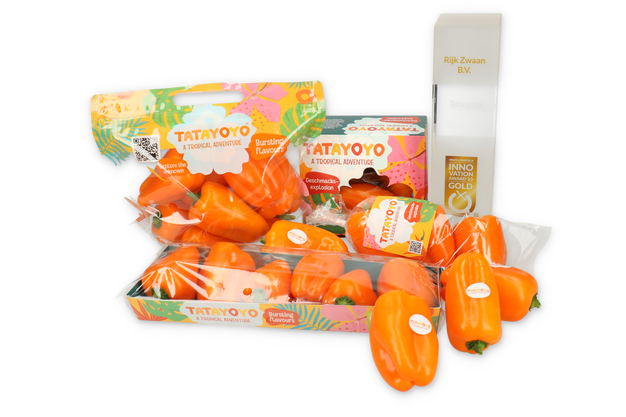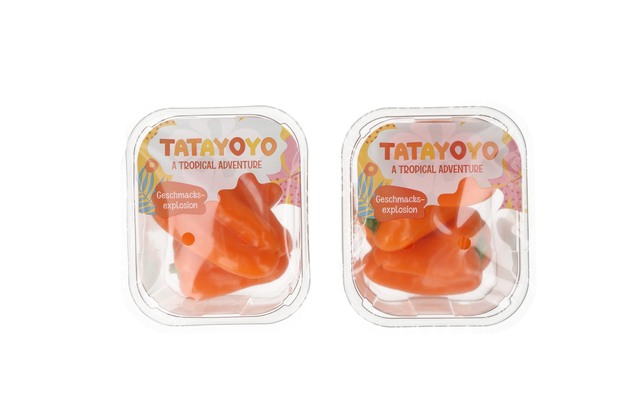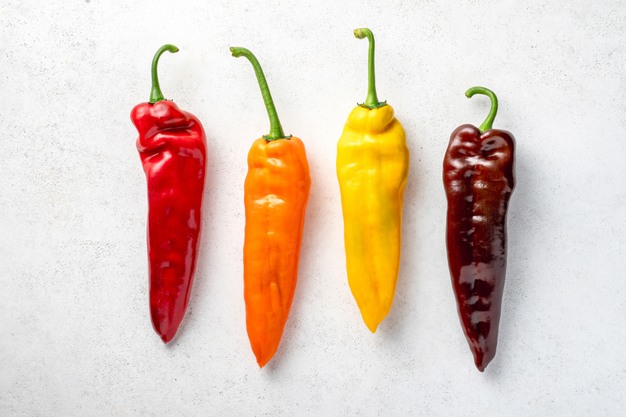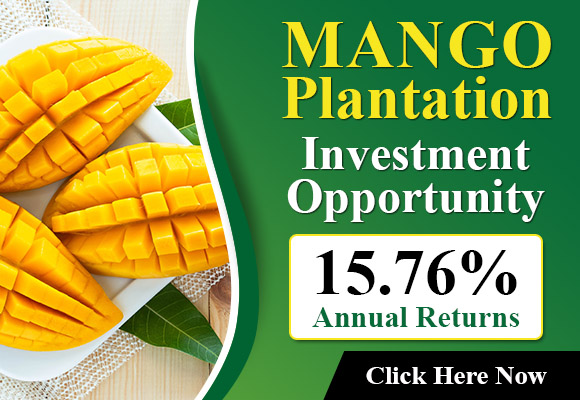When kids ask their parents to replace their school lunch apples with special bell peppers, you are doing something right as a breeding company. Rijk Zwaan developed Tatayoyo, a brand of sweet pepper that is distinctive because of its shape but, especially, because of its flavor. This year will see the major rollout in European retail.
Tatayoyo is not brand new. In 2023, Rijk Zwaan won the Fruit Logistica Innovation Award with these large, ready-to-eat snack peppers. Its unique flavor sensation stood out. That was also when they had a proper market introduction, recalls Heleen van Rijn-Wassenaar. She is the Melon & Pepper Marketing Specialist at this Dutch breeding company, which operates worldwide.

“We started small with the market introduction. We wanted to learn from the market and see how the brand was received,” Heleen begins. The first two most important customers were retailers in Germany and Canada. Rijk Zwaan opted for a retail-driven introduction. “Unlike with bell peppers, where you look at which grower wants to grow a variety, here we considered which retailer was interested in this new concept.”
In Canada, Loblaws showed interest; in Germany, it was REWE. Seed was supplied to growers in North America and Europe for production. In North America, it is grown in Mexico, the United States, and Canada; in Europe, the Netherlands and Spain. “When we come up with a new idea, immediate year-round production is vital for us. You can then run a year-round program at retailers and, once introduced, consumers will see the product on the shelves all year long,” says Heleen. Neither Europe nor North America has winter cultivation, so there would be a gap in both regions. “Then you have to start all over again every year.”
Scaling up
Thus, 2024 was the year of scaling up. An organic grower in Austria started growing Tatayoyo, Rijk Zwaan started a project with retailer Mega Image in Romania, and they accessed the Chinese market, after a retailer showed interest. Last winter, the company scaled up again after a new German retailer showed interest. “We couldn’t have done it any faster because we had to get seeds,” Heleen continues.
“Based on the great interest we saw, we quickly increased seed production. That lets us expand further.” Several Spanish growers grew Mitayo RZ last winter, which is the variety behind the Tatayoyo brand. This summer, two new Dutch growers joined the first one. “There are already a few hectares in the Netherlands. The snack peppers go to places like REWE and now also the other German retailer via trading houses in the Netherlands and Spain,” van Rijn-Wassenaar says.

As mentioned, the brand is based on the Mitayo RZ variety. “We developed that in our high-tech pepper breeding project. The next step is to design a variety specifically for protected (unheated) cultivation. Good resistance to colder nights, for example, is important.” Heleen points out that the current variety is doing well in both northwestern and southern European climates, which is extraordinary. “We knew that, and because we could grow year-round, we could introduce the brand using a single variety. What we’re doing in Spain can also be done in Mexico, where there are also high- as well as mid-tech greenhouses. Mitayo RZ is doing well globally; it’s a vigorous grower,” she says.
19 unique flavors
Years of breeding went into developing the Tatayoyo brand. “Flavor is the main goal. Once we find that new, special flavor, we look at how to make the variety as recognizable as possible in stores. You could cross that unique flavor into a bell pepper, but those are indistinguishable. That’s why we chose a size between a snack and a bell pepper.” A regular snack pepper weighs 30-45 grams, the Tatayoyo, 40 to 80. They selected orange as the color. “You don’t see that very often on store shelves, and that helps make an innovation recognizable,” Heleen continues.
You start with a distinctive fruit, but it does not end there. Rijk Zwaan, which had already successfully introduced the Sweet Palermo sweet pointed pepper brand, knows better than most what it takes to build a brand around a new innovation. “You still need plenty of communication, even with a genuinely distinctive product. You have to tell a story. Otherwise, the people can’t see that a product is different.”

While building the Tatayoyo brand, the flavor characteristics of this special snack pepper were considered. “It tastes sweet and a bit tropical, but also savory and aromatic. We did a lot of flavor analysis, including biochemical analysis. We look at the product’s flavor components. Tatayoyo has a truly different aroma from regular bell peppers. That’s due to a special combination of volatile substances. Tatayoyo has 19 you won’t find in other peppers. It smells somewhat similar to the aroma in wines such as Chardonnay, but with a hint of tropical fruit,” Heleen points out.
Rijk Zwaan had noticed that, in the market, people, especially kids, already loved this prize-winning brand. “They think it tastes great. That’s unusual because children don’t always like bell peppers. They do like Tatayoyo, though. We regularly hear stories from people whose kids, once they have tasted one, would rather have Tatayoyo in their lunchbox than an apple. And we say, ‘Eat it like an apple.’ Plus, ‘Tatayoyo is packed with vitamin C.”
Few greenhouse vegetable brands
Remarkably, this breeding company has successfully introduced several brands in the greenhouse vegetable landscape. Growing things like tomatoes and bell peppers is about high-volume cultivation, and European retailers prefer selling products under private labels rather than brand names. Heleen admits it is challenging to introduce a brand as a breeding company. “We don’t grow, package, trade, or sell the product,” she explains.
“Using the brand must boost sales, and people want something in return. We help with shelf introduction and brand promotion. The challenge is to consistently convey the same message. The product being up to scratch must be the foundation for that. For Tatayoyo, a catchy, funny, playful name helps. You must create an experience, too, and then ensure you support growers, traders, and retailers in marketing the brand. So, we do point-of-sale promotions along with retailers.”

Introducing a brand to the market is not Rijk Zwaan’s goal, the Pepper Marketing Specialist says. “Ultimately, it’s about introducing new varieties and concepts. If something is truly distinctive, if you have something the competition doesn’t, you can build a brand around it. That way, you can show what you have is wholly distinctive,” she points out.
Sweet Palermo is now a brand in the sweet pepper market, which is no longer a specialty market in Europe. More than ten years after its introduction, it has become a commodity as consumers increasingly discovered sweet pointed peppers. Yet the brand is holding its own. “If you succeed, you’ll face competition. Even then, it’s vital to keep distinguishing yourself with a brand.”
Positive reception
Recognizing innovations, like Tatayoyo getting the innovation award at Fruit Logistica in Berlin in 2023 and the International Taste Quality Institute’s recognition, helps. That institute gave Tatayoyo the maximum 3 stars as early as 2021, when the product was not yet commercially available. “We got that last year again. And in Romania, Tatayoyo won the Best New Produce Award,” says Heleen.
You will not (yet) find Tatayoyo in Dutch supermarkets. However, the Mitayo RZ variety is listed in the Trial Center High Tech among all of Rijk Zwaan’s other flagship varieties and, thus, in various greenhouse growers in the Netherlands. A small project has also been started with a Belgian organic grower. “The two new Dutch growers will cultivate this product for a German retailer and will send samples to other retailers. That helps to make the product better known and create demand.”
The recent high inflation rate has been challenging. “That makes introducing innovations difficult. But if you have something truly special, there’s always a market for it. We’ve been delighted with the introduction of our products in recent years and have already exceeded our targets. With the experience we now have and Tatayoyo’s positive market reception, it’s a go for further seed production increases. It’s tricky because you must do that a year or two in advance. If things go well, you want to have enough seeds to scale up,’ Heleen concludes.
For more information
Rijk Zwaan Nederland
[email protected]
www.rijkzwaan.nl
Source: The Plantations International Agroforestry Group of Companies
